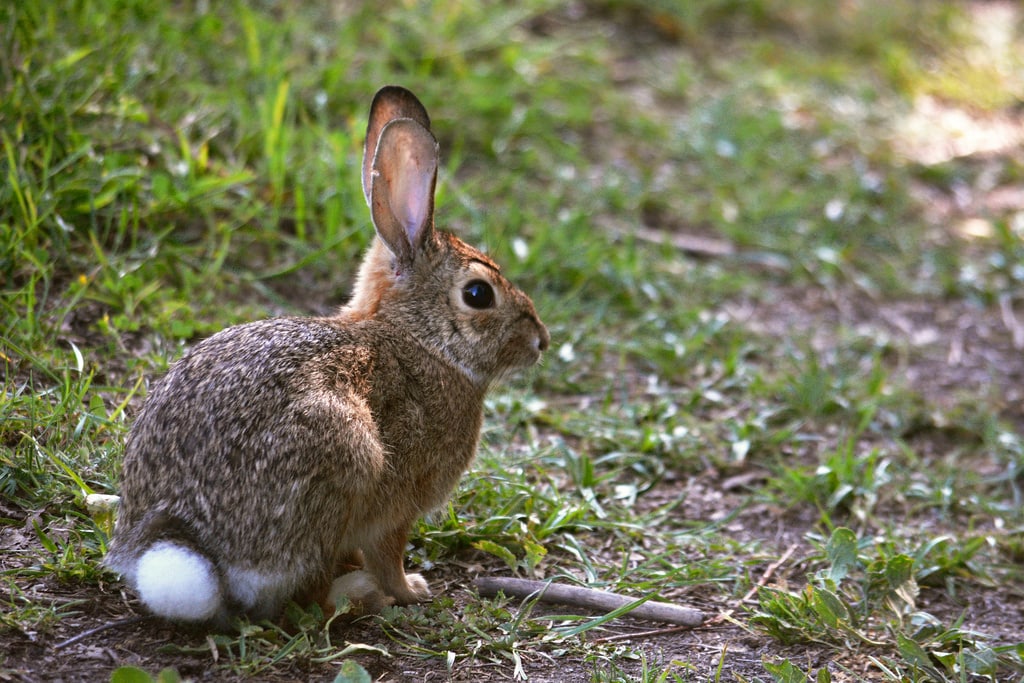
You’ll see more than incredible views when you visit the Grand Canyon. Fascinating animals make their homes in the park. Keep an eye out for these animals on the trails and on the drive. With the diverse landscape, habitat and elevation change from the top of the Rims to the Canyon floor, there is a wide variety of wildlife animals in the Grand Canyon National Park.

Squirrels
Squirrels are just about everywhere begging for food, but do not feed them. There are three types of squirrels at Grand Canyon National Park. The “Albert” squirrel primarily lives at the South Rim. They are gray with a reddish back, fluffy white tails and have tufted ears. The Kaibab squirrel looks very similar but without the reddish back and only live at the North Rim. There are also “Golden Mantled” ground squirrels that look much like an over-sized Chipmunk.

Bighorn Sheep
Big Horn Sheep love rocky terrain and canyon walls. The are sure-footed animals and it is amazing how they can climb, walk and jump around sheer cliffs which is most often where you will find them.

Coyotes
You’re apt to see a coyote anywhere at the Grand Canyon whether at the top of the rims or inside the canyon. They look like lanky dogs and feed primarily on rodents and carrion. They’ve adapted to being around humans and will forage around campsites and garbage containers.
Cottontail Rabbits
You will often see Cottontails anywhere feeding on native grasses, berries and vegetation. Their “cotton white” tails are the giveaway. They are always observant to the danger of bobcats and coyotes.

Elk
They are huge animals related to the deer family but are more distinct and much larger than a deer. Bull elk can weigh as much as 1000 pounds and stand 5 feet high at the shoulders. The bulls grow large racks of antlers every year and the cows have no racks. They feed on grasses on the floor of the forested areas. They are frequently seen roaming the forest on the South Rim near Grandview Point and along the entrance to the North Rim.
It is important to remember that no matter how adapted to humans the animals may be, they are wild animals and some are capable of biting and even attacking if provoked. When viewing wildlife, do not approach them and do not feed them. It is not healthy for wildlife to get used to depending upon humans for food.

